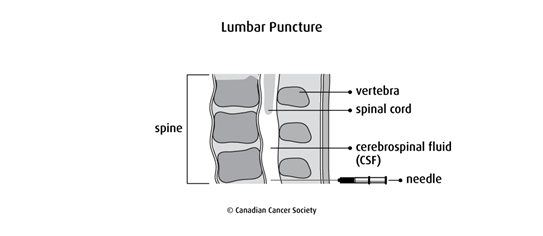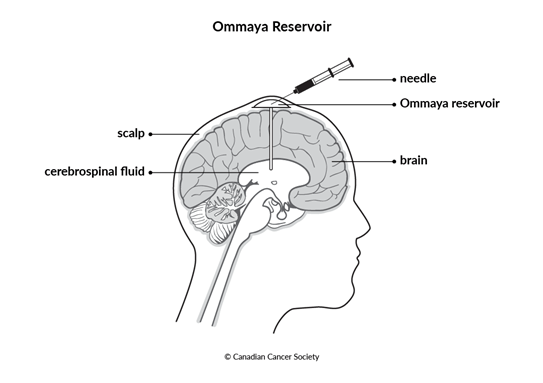Chemotherapy for non-Hodgkin lymphoma
Chemotherapy uses drugs to destroy cancer cells. These drugs target rapidly dividing cells throughout the whole body. This means that chemotherapy kills cancer cells but it can also damage healthy cells.
Chemotherapy is usually used to treat non-Hodgkin lymphoma (NHL). If you have chemotherapy, your healthcare team will use what they know about the cancer, including the stage and type of NHL, and about your health to plan the drugs, doses and schedules.
Chemotherapy for NHL is most often given as a systemic therapy, which means that the drugs travel through the blood to reach and destroy cancer cells all over the body. Chemotherapy can also be used to treat a specific area of the body. For example, some people with NHL will be given chemotherapy directly to the brain and spinal cord (called the central nervous system, or CNS) to prevent NHL from spreading there.
Chemotherapy may be the only treatment you have, or it may be used along with other cancer treatments.
You may have chemotherapy:
- as a main treatment for NHL
- to prevent NHL from spreading to the brain or spinal cord
- to prepare for a stem cell transplant
- to relieve pain and control other symptoms of advanced NHL (called palliative chemotherapy)
Chemotherapy drugs used for NHL
Chemotherapy for NHL is most often given as a combination of 2 or more drugs.
Chemotherapy is usually given through a needle into a vein (intravenously). Sometimes drugs can be taken by mouth as a pill (orally). Some chemotherapy drugs can be put directly on the skin (called topical medicine), which may be used to treat skin lymphoma.
There are many drug combinations used to treat NHL. The combination offered depends on many factors, including the type of NHL and treatments you have already had. Some drug combinations that may be used for NHL are:
- R-CHOP – rituximab, cyclophosphamide (Procytox), doxorubicin, vincristine and prednisone
- R-ICE – rituximab, ifosfamide (Ifex), carboplatin and etoposide (Vepesid)
- BR – bendamustine (Treanda, Benvyon, Esamuze) and rituximab
- chlorambucil (Leukeran) with rituximab or obinutuzumab
Depending on the types and doses of drugs used, you can have chemotherapy for up to 6 months.
If NHL doesn't respond to drugs used in earlier treatments (called refractory disease) or if it comes back (relapses), a different drug combination may be used.
Chemotherapy to treat the central nervous system
Some types of NHL are more likely to spread to the brain and spinal cord
(central nervous system, or CNS). Chemotherapy may be given directly into the
Chemotherapy may be offered to treat the CNS for the following types of NHL:
- diffuse large B-cell lymphoma (DLBCL)
- Burkitt lymphoma
- some aggressive types of T-cell lymphoma
Intrathecal chemotherapy is given directly into the space around the spinal cord that contains CSF. A lumbar puncture (also called a spinal tap) is used to deliver the drugs to the CSF. A needle is passed through the skin and then through the space between the vertebrae until it enters the space that contains the CSF. The drug is then injected into the CSF. The drug used for intrathecal chemotherapy for NHL is methotrexate or cytarabine (Cytosar).

Intraventricular chemotherapy is given directly into the ventricles of the brain. A device called an Ommaya reservoir is surgically implanted beneath the scalp. It is used to deliver chemotherapy drugs directly into the CSF around the brain and spinal cord.

Side effects of chemotherapy
Side effects of chemotherapy will depend mainly on the drug, the dose, how it's given and your overall health. Tell your healthcare team if you have side effects that you think are from chemotherapy. The sooner you tell them of any problems, the sooner they can suggest ways to help you deal with them.
Common side effects of chemotherapy drugs used for NHL are:
Find out more about chemotherapy
Find out more about chemotherapy and side effects of chemotherapy. To make the decisions that are right for you, ask your healthcare team questions about chemotherapy.
Details on specific drugs change quite regularly. Find out more about sources of drug information and where to get details on specific drugs.
